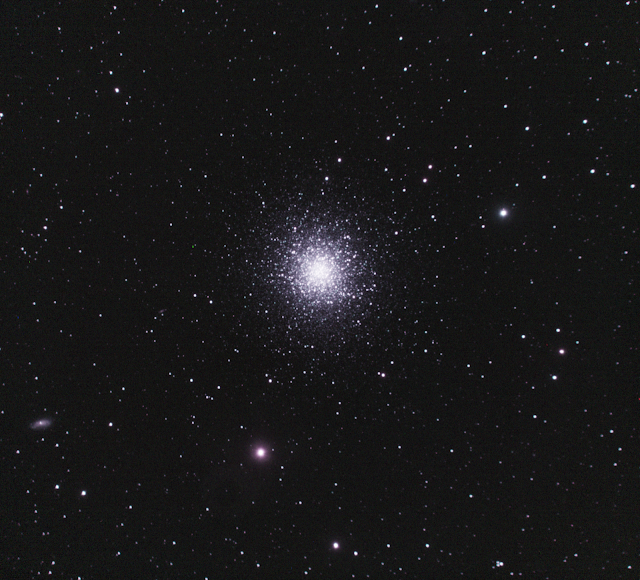After setting up the telescope I usually do a Celestron AVX all star polar alignment (ASPA) using the visual finder for rough centering then fine centering on the computer screen with the ASI294MC Pro. I thought this might be bit of overkill considering the use of the Orion Magnificent Mini Autoguider. I setup the scope on my 3rd floor patio, as lousy a place for viewing considering no access to Polaris and a tree limited view. The ASPA was performed using the visual finder only starting with rough north alignment. Jupiter, Saturn were used for alignment and Fomalhaut for calibration star. I usually use two alignment and four calibration stars in the field. Surprisingly only 7' altitude and 7' azimuth corrections were required. Pointing accuracy was less accurate than typical but was good enough to put target on the camera sensor. I had not checked the alignment of the finder with the optical train. This was good enough for M42 but not for NGC2023 so I used precision go to which uses a bright star as a waypoint to the faint target. M42 and NGC2023 with the Flame Nebula and Horsehead Nebula imaged that night appear below. Update: M42 reprocessed for reduced oversaturation.
 |
| NGC 2023(center)with Flame Nebula(left) and Horsehead Nebula(right) |
Update: A pleasant start of Orion season surprise. Condo association removed twelve dead trees surrounding my building including the tree right in front of my terrace. Likely the association was prompted by the coming bomb cyclone that will hit Greater Boston with heavy rain and high winds. More sky!! 😀


















































